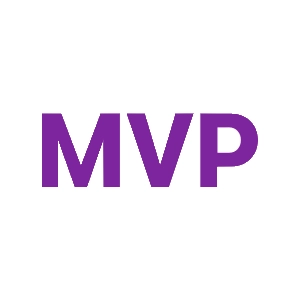I've found that different marketing teams have varying levels of familiarity with content management and modeling concepts, so the first requirement is to know where your audience is coming from.
That said, I always start from the universally familiar web page. Using the Xperience by Kentico Kbank example project, I show how pages are built out of visual components (widgets), which most teams are also experienced with, no matter which CMS products they've used in the past.
Then, I explain that the message (content) for the widget can be authored directly in the page or pulled from somewhere else. That source of content could be another web page, which is where most teams content reuse experience stops, or a non-page piece of content.
This is where marketers can have difficulty taking the next step. What is non-page, reusable content?
Thankfully, we have another familiar concept that helps bridge the gap - media assets. Marketers are familiar with media libraries in traditional CMS products. The media assets themselves aren't pages but marketers understand how they can be reused across pages on a website.
Next, I show how other types of content (like FAQs, testimonials, article authors) can also be reused across websites without being pages themselves.
Then, I show that this structured content can also be used across channels. We can feature the same image asset and testimonial structured content items in an email, a website, a dedicated campaign microsite, and even a mobile app.
The final step, with Xperience by Kentico demos, is to show how this content can easily be tracked across channels and that published changes made to that content are instantly visible across all channels. People's eyes light up at this point (if they haven't already).
So, in summary, here's the steps I use to educate the value of reusable content modeling:
- Start with web pages
- Web pages can be broken down into components (widgets)
- Widgets can source content from other web pages
- Widgets can also source content from non-page content (reusable content like image assets)
- Those reusable content items can be shared across different pages
- They can also be shared across channels
- Xperience by Kentico enables easy tracking of content reuse and enables 1-click publishing to all channels instantly
Instead of building content for a page, we’re building it for the organization
Ooo. I really like this way of expressing the idea!










